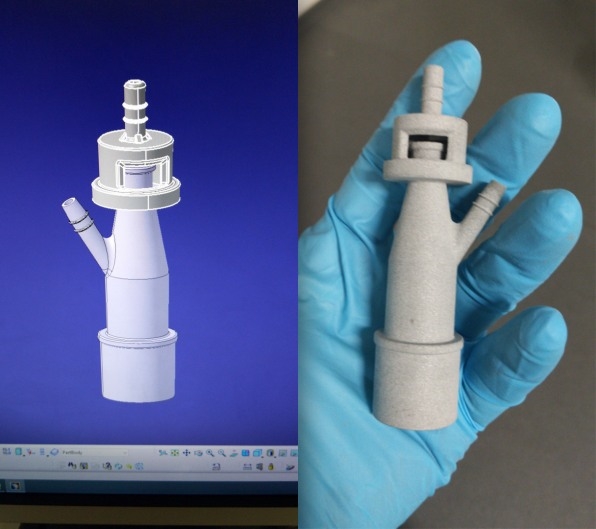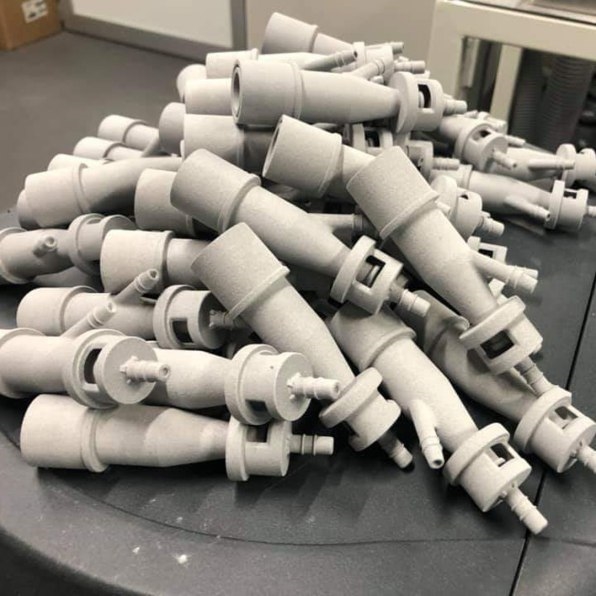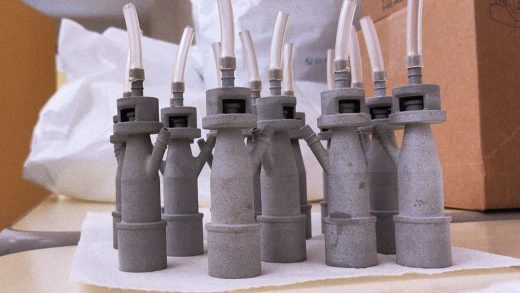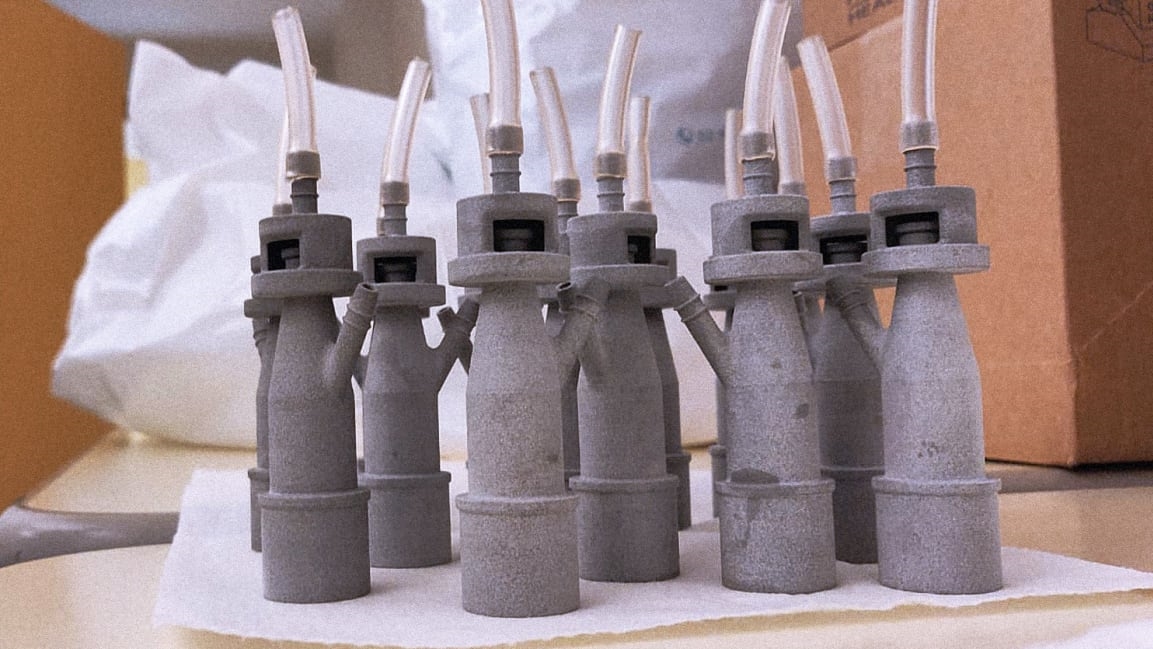These Good Samaritans with a 3D printer are saving lives by making new respirator valves for free
As more and more patients are hospitalized with COVID-19, resources at health facilities are being strained. That’s why flattening the curve is so important, so that there’s not a sudden influx of patients and then a shortage of beds or vital equipment. In Italy, which moved too late to limit exposure, this has already happened: Hospitals in the north of the country are overwhelmed, and running out of space and equipment, causing the death toll to spike. But when one Italian hospital ran out of valves for crucial respiratory machines, local manufacturers stepped in to 3D print replacements.
It started with a call from Nunzia Vallini, a journalist at Giornale di Brescia, a newspaper in Brescia, a provincial capital in northern Italy. On Friday, she explained to Massimo Temporelli, founder of the digital manufacturing lab FabLab, the problem she had learned about: A hospital in Chiari, a small city near the capital, was running out of valves for reanimation devices—also called resuscitation devices or respiratory machines—which help patients breathe by mechanically ventilating their lungs. The company that supplies these valves couldn’t send replacements in such a short time, and people were dying.

Temporelli, who is based in Milan, eventually reached out to Cristian Fracassi, founder and CEO of engineering company Isinnova. Fracassi then contacted Michele Faini, an expert in 3D print manufacturing and a research and development designer at Lonati SpA, a manufacturing company in Brescia. The two have collaborated before, and they worked together to design the valves, which help mix oxygen with air and are an important part of the respirator system.
The hospital supplier didn’t want to give these manufacturers information about the valves’ design, Faini told Fast Company by email, but they were able to reverse engineer the design themselves. Though this was the first time Lonati SpA has printed something for the medical sector, Faini says the company’s SLS 3D printers can print with PA12, a material that can be sanitized and used for biomedical purposes.

“We were ready to print the valves in a couple of hours, and the day after we had 100 valves printed,” Faini says. Fracassi had also brought a 3D printer to the hospital and printed out a few valves there.
Patients with COVID-19 at the Chiari hospital are now able to breathe thanks to these 3D printed valves. As the coronavirus pandemic spreads, though, other hospitals may be at risk of similar shortages. Gerrit Coetzee, a San Francisco-based design engineer, put out a call on the blog Hackaday for designers and engineers to design an open-source ventilator, which he describes as “the device that becomes the decider between life and death” for COVID-19 patients, and which are in short supply.
3D printing, which has already been used in the medical field for everything from creating custom, affordable prosthetics to printing surgical tools to personalizing pills, could be key to making ventilators available everywhere. And the collaboration needed to create such a design would help everyone fare better in this pandemic. Fiani noted how collaboration was crucial to creating these valves. They knew they had to act quickly, because people could die without the respirators. “I hope that all the people understand that we have to work together [to] stop this pandemic,” he says. “All of us have to stay safe and have to use our skills to help [those] who need it.”
Right now, these manufacturers aren’t sharing their 3D blueprints for this valve because it’s ultimately safer, and better, to get these valves directly from the manufacturer. The original pieces work better than the 3D printed ones, they explain in a Facebook video, because the intricate designs and small holes are difficult to 3D print. The fact that these valves are used for medical purposes means they also need to be created in clean environments, handled only with gloves, and sterilized—not something anyone with a 3D printer can do. Fracassi also confirmed to Fast Company over email that “nobody is causing legal trouble or trying to sue us” for 3D printing these valves, and that the original valves do not cost $10,000, despite what some outlets are reporting. Fracassi and the others never intended to completely bypass the original manufacturer, but, they say, the situation in Brescia was extreme, and they did what they could to help out in an extraordinary circumstance.
(15)



